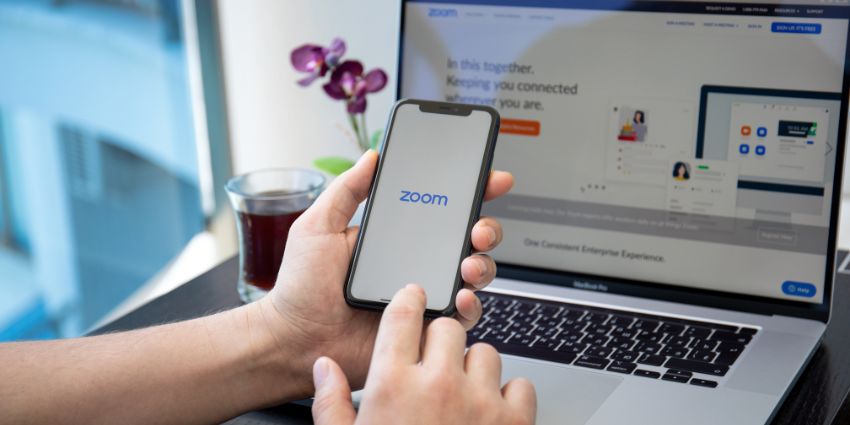“We’ve seen more customer support calls from those migrating from desk phones to softphones. They’re moving away from traditional fixed-line environments to the new reality of powerful work from home solutions.” Rob Seymour, Marketing Director, VoIPstudio, kicked off our recent interview telling me this, and that as the pandemic endures, desk phones prove less and less relevant. Seymour then asked “Where do you find desk phones? Before I could utter a response, he took the words out of my mouth, stating: “In the office, right?” There aren’t a lot of folks returning to offices at this point, so the idea of a desk phone does seem outdated when you view it from that lens. Take Slack, for instance, the collaboration giant announced permanent work from home for employees who want to take advantage of the newfound flexibility many first-time homeworkers experienced over the past few months.

There’s that, and the fact that the office, in its pre-pandemic form, now poses a threat for workers at high risk for contracting the novel Coronavirus. Seymour said this is one of the most seismic generational shifts of our time, and it will take some getting used to. Modern workplace behaviors will start to form and things could get uncomfortable at times as management and employees attempt to perfect internal processes. Ongoing cooperation, he maintains, will remain vital, adding, those who work from home are “Just as productive and engaged as traditional employees.” Going back to Seymour’s initial claim that desk hones could soon become obsolete, there seems to be some validity to the statement. Desk phones are kind of like offices – which are, too, more of a legacy concept given the context of today. The novel Coronavirus created a level of uncertainty, the likes of which we’ve never seen before, but management should have faith in employees who work from home, according to Seymour.
“It comes down to trust, companies have to trust that employees will produce their best work”
A 2019 Airtasker survey of 1,004 full-time employees in the U.S. about productivity in the workplace, commutes, and more, which had 505 remote working respondents, found employees who work from home have increased levels of productivity. The survey also found, working from home leads to healthier lifestyles, which could mean more balance for some. “It is a quality of life issue. People, for so long, remained consumed with the number of hours worked.” Seymour views it not as how much time you spend working, but the quality of work that’s produced so employees can do more of the things they want to do in their personal lives, too.
A recent overview of COVID-19’s impact on VoIP migration suggests that the service will gain a ton of traction over the next five years. In 2019, the market generated revenues of $15,114.3 million, and that number’s slated to reach a ripe $30,441.5 million by 2025, with a CAGR of over 13 percent. Since we now live in the future, Seymour says VoIP providers will have to set themselves apart to avoid over saturation. This is why they’ll have to offer a whole lot more than presence indicators, adding,
“VoIP providers will find themselves in a position to offer more collaboration and productivity tools in the near future”







